
Gas Role in Global Energy Transition Prominent
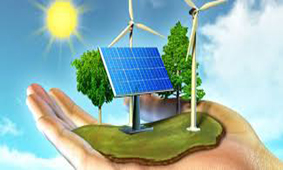
Speaking to CNBC, Michele Della Vigna said that, in his personal view, gas was “part of the end solution.” According to the International Energy Agency, natural gas supplies 22% of energy used globally.
“Renewables make perfect sense up to 50% of the power generation because … you can still manage the unreliability of supply and the timing of demand,” he added.
When you go above 50% renewables, he explained, things change. “You can only do it without gas fired powered generation if you put batteries in, and today batteries are not economic, they are not in the right part of the cost curve and their manufacturing process uses materials which are scarce,” Della Vigna said.
The term “global energy transition” can be seen as referring to the planet’s shift from fossil-fuel based sources of energy to renewable ones such as solar and wind.
The International Renewable Energy Agency describes it as a “pathway toward transformation of the global energy sector from fossil-based to zero-carbon by the second half of this century.”
While the ambition of energy transition is huge, it is not an easy process. This is because while sources such as solar and wind are renewable, they do not promise a constant and predictable stream of power.



Codelco seeks restart at Chilean copper mine after collapse

Hudbay snags $600M investment for Arizona copper project
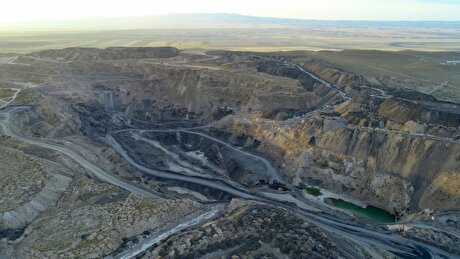
Uzbek gold miner said to eye $20 billion value in dual listing
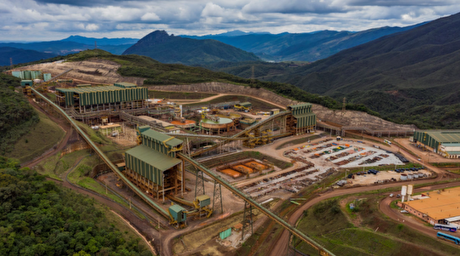
BHP, Vale offer $1.4 billion settlement in UK lawsuit over Brazil dam disaster, FT reports

Peabody–Anglo $3.8B coal deal on the brink after mine fire

A global market based on gold bars shudders on tariff threat

SSR Mining soars on Q2 earnings beat

Minera Alamos buys Equinox’s Nevada assets for $115M

Century Aluminum to invest $50M in Mt. Holly smelter restart in South Carolina

Samarco gets court approval to exit bankruptcy proceedings
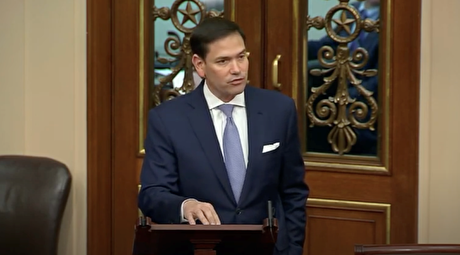
US eyes minerals cooperation in province home to Reko Diq

Allegiant Gold soars on 50% financing upsize

Explaining the iron ore grade shift

Metal markets hold steady as Trump-Putin meeting begins

Trump to offer Russia access to minerals for peace in Ukraine

Gemfields sells Fabergé luxury brand for $50 million

Gold price stays flat following July inflation data

Eco Oro seeks annulment of tribunal damage ruling
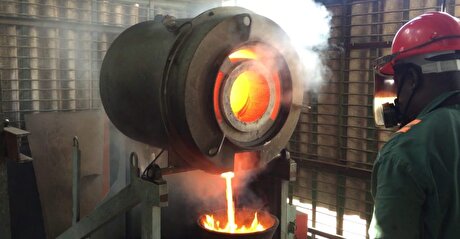
Zimbabwe labs overwhelmed as gold rally spurs exploration, miner says

Samarco gets court approval to exit bankruptcy proceedings

US eyes minerals cooperation in province home to Reko Diq

Allegiant Gold soars on 50% financing upsize

Explaining the iron ore grade shift

Metal markets hold steady as Trump-Putin meeting begins

Trump to offer Russia access to minerals for peace in Ukraine

Gemfields sells Fabergé luxury brand for $50 million

Gold price stays flat following July inflation data

Eco Oro seeks annulment of tribunal damage ruling














